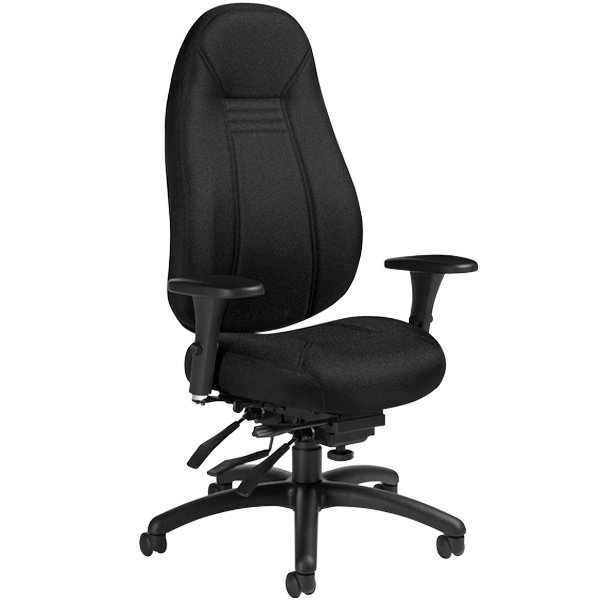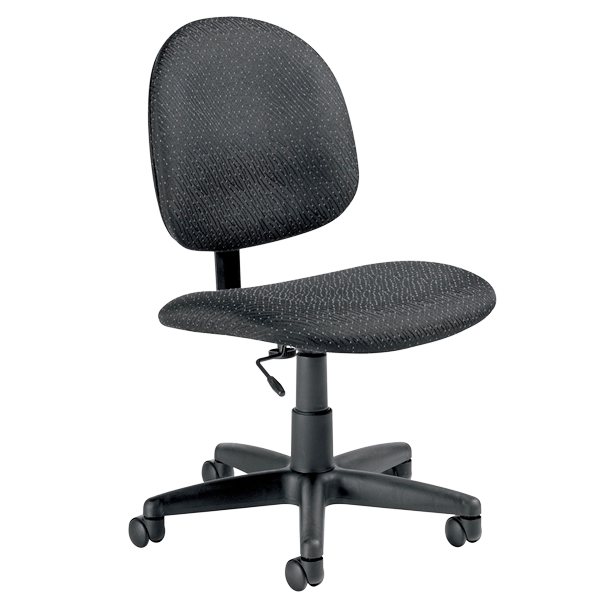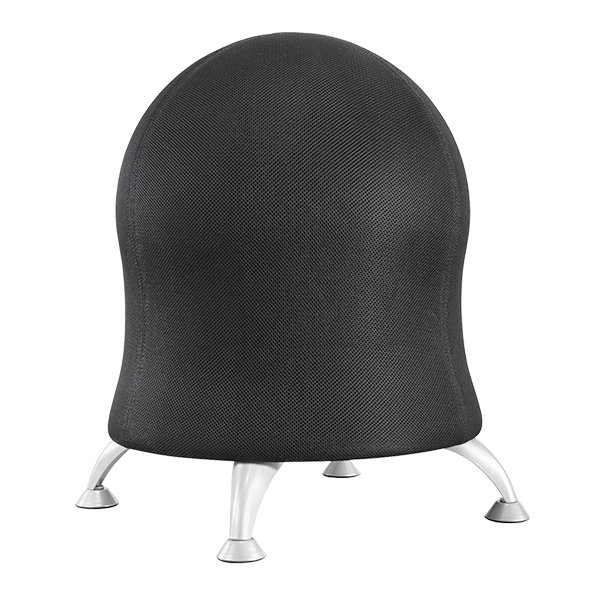Understanding Your Ergonomic Chair
Optimize your chair for comfortable sitting at work.
Tilt Tension
Enables the user to rock or recline backwards to a set limit defined by the chairs mechanism or control plate and works alongside the individual user's weight. The tilt tension adjustment is modified by turning a large round knob found underneath the seat toward the front of the chair. A heavy user will require a tighter tension while a lighter user will require tighter control.







